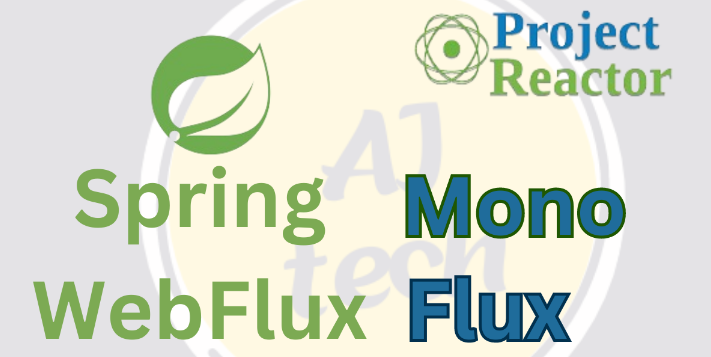In today’s world of high-concurrency and real-time applications, traditional blocking approaches just can’t keep up. Enter Spring WebFlux—the game-changer for Java developers looking to build truly non-blocking, asynchronous, and highly scalable systems.
Spring WebFlux, introduced in Spring 5, is built on top of Project Reactor and implements the Reactive Streams specification. This means you can handle thousands of concurrent connections efficiently, making the most of your hardware resources without getting bogged down by thread exhaustion or slow I/O operations.
At the core of WebFlux are two powerful types:
- Mono: Represents a single (or no) asynchronous value.
- Flux: Represents a stream of 0 to N asynchronous values.
This model is perfect for streaming data, real-time notifications, or any scenario where responsiveness and scalability are key. With WebFlux, you can easily integrate with non-blocking databases, message brokers, and even stream data directly to clients using Server-Sent Events (SSE).
But it’s not just about performance—reactive programming encourages a new mindset: thinking in terms of data flows and event streams. This shift can lead to more resilient, elastic, and responsive applications, ready to scale with your business needs.
Have you started exploring reactive programming in your Java projects? What challenges or wins have you experienced when moving from imperative to reactive paradigms? Let’s share our experiences and learn together!
#Java #SpringBoot #WebFlux #ReactiveProgramming #ProjectReactor #ReactiveStreams #Backend #Scalability #NonBlocking #Asynchronous #CloudNative #Microservices
👇 Drop a comment with your thoughts or questions—let’s get the conversation started!

